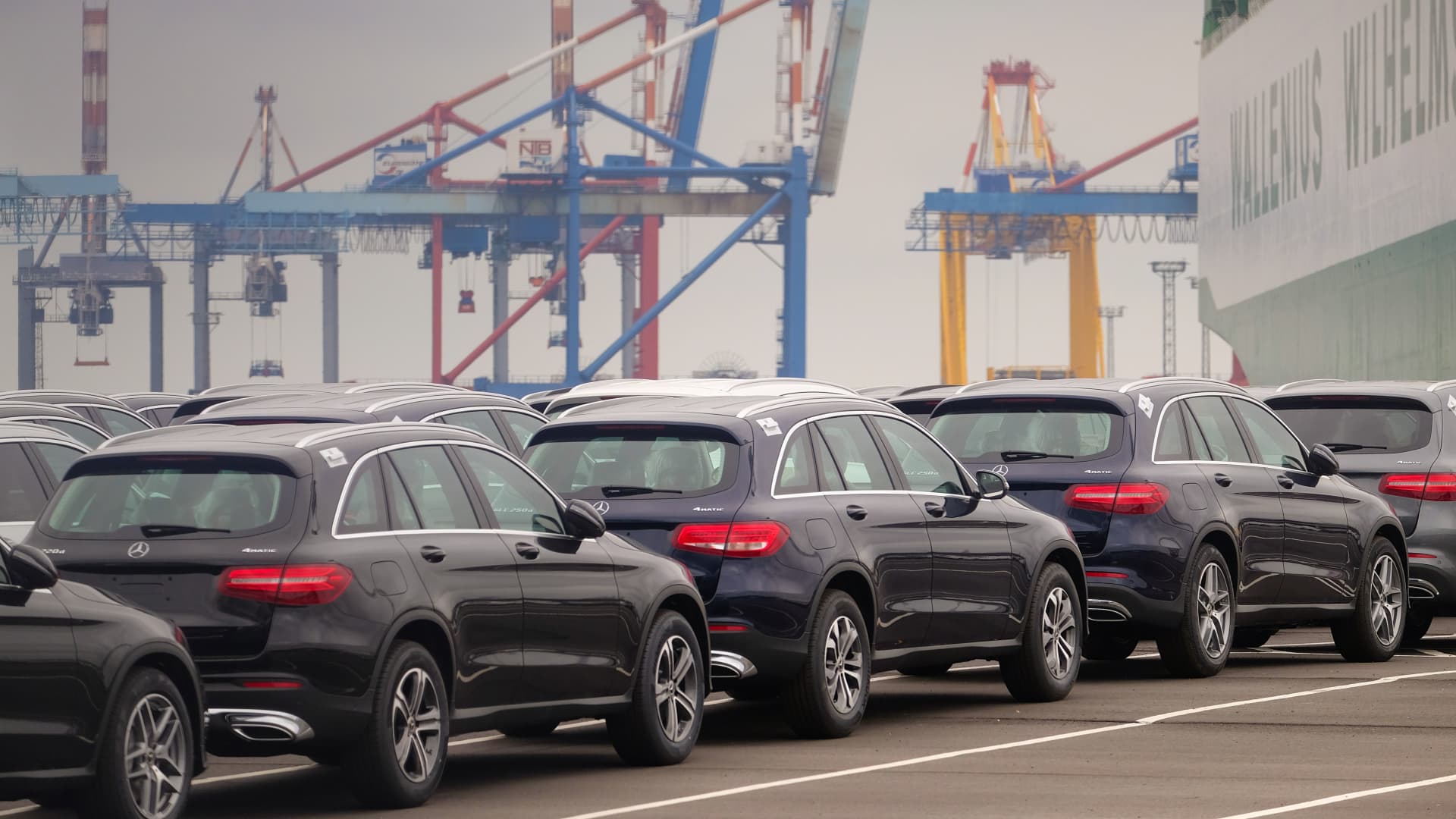
Labor slowdowns and strikes at the German and Netherland ports are creating a massive pile-up of export containers bound for the U.S. that will take months to clear out.
According to the bills of lading found through ImportGenius, some of the items that are exported out of these ports are critical components to the auto sector like lithium batteries, fully assembled automobiles, as well as a wide variety of auto parts, and chassis. Mercedes, BMW, and Ford were listed in recent U.S. Customs filings.
“U.S. importers need to look four to five weeks in advance to see if there is a vessel available,” said Andreas Braun, Europe, Middle East, and Africa ocean product director of Crane Worldwide Logistics. “This is not normal. Also, if you are lucky to book a slot on a vessel you then have to locate an empty container which can be in the hinterland.”
Home decor, flooring, and furniture from Ikea were also listed.
“The congestion from these ports is spreading to other major ports in Europe,” Braun said.
Slowdowns in vessel arrival, container processing, and container availability as well as trucking are common problems.
According to Sea-Intelligence, which tracks vessel schedule reliability, only 30-40% of all global schedules are on time. Braun said this congestion will only further exacerbate the lead time in logistical planning.
Unfortunately, moving containers empty or full from the hinterland or at the ports is also a problem. Rail congestion, a result of labor slowdowns and strikes has left the rails clogged.
“They cannot bring any containers into the port (Hamburg and Bremerhaven) ahead of time,” Braun said. “They have to wait seven days prior to departure and even then that does not automatically mean it will load on the vessel because rail yard capacity is high and there is congestion.”
The congestion, which has shrunk the availability of containers, is not only a source of concern for importers, but the perceived lack of containers can push up rates. These costs are passed over to the consumer, which adds to inflation.
“Yes, the strikes have had a big impact, but the congestion has piled up so much that even if there were no more strikes, the situation would remain chaotic for the next three months,” Braun said. “Some carriers have deviated volumes away from the German ports to Antwerp and Rotterdam which has caused an increase in congestion. This congestion has created a domino effect of delays. Vessels leaving Europe to the U.S. East Coast will be behind there as well. There is no catching up,” he added.
Once a container is on a vessel, Braun tells CNBC, U.S. importers can expect their containers to arrive between seven to nine days late.
The German trade union Verdi and the Central Association of German Seaport Companies (ZDS) enter into their sixth round of negotiations on Tuesday.
The CNBC Supply Chain Heat Map data providers are artificial intelligence and predictive analytics company Everstream Analytics; global freight booking platform Freightos, creator of the Freightos Baltic Dry Index; logistics provider OL USA; supply chain intelligence platform FreightWaves; supply chain platform Blume Global; third-party logistics provider Orient Star Group; marine analytics firm MarineTraffic; maritime visibility data company Project44; maritime transport data company MDS Transmodal UK; ocean and air freight benchmarking analytics firm Xeneta; leading provider of research and analysis Sea-Intelligence ApS; Crane Worldwide Logistics; and air, DHL Global Forwarding, and freight logistics provider Seko Logistics.
.
